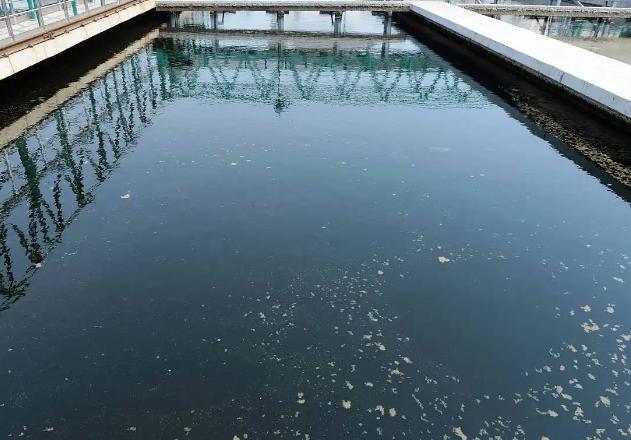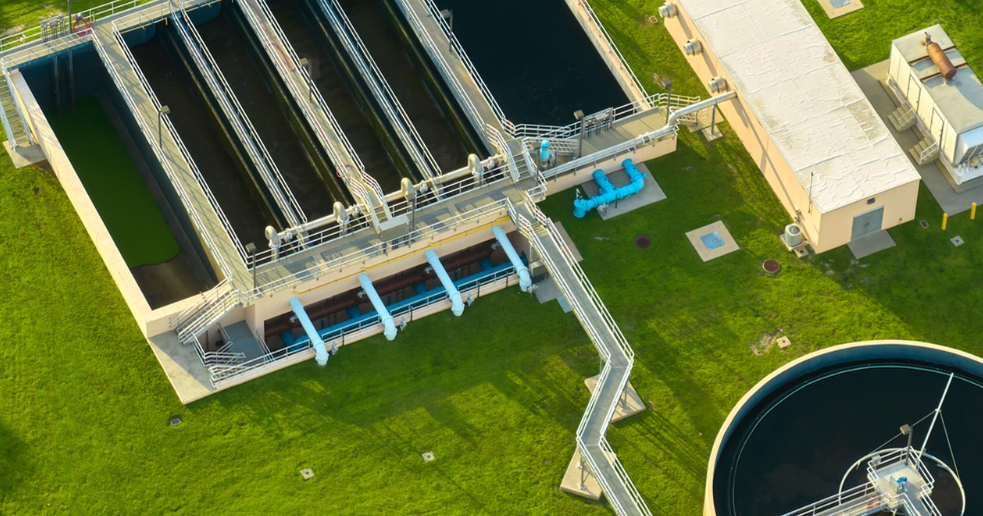Chemical wastewater, generated from industries like textiles, dyes, printing, and pharmaceuticals, often contains high concentrations of colored pollutants that pose severe threats to the environment and human health. Uncontrolled discharge of such wastewater not only degrades water quality but also disrupts aquatic ecosystems. In this context, chemical wastewater decolorizer(also known as decolor agent) has emerged as a critical tool for treating colored industrial effluents. This article explores the core functions, types, working mechanisms, and applications of decolorizer for wastewater, with a focus on Industrial Water Decolorizer and its role in sustainable water management.
Core Types of Chemical Wastewater Decolorizer The diversity of industrial dyes and pollutants has led to the development of various decolorizer formulations, each tailored to specific wastewater characteristics:
1. Organic Decolor Agents: These include polymeric flocculants, activated carbon, and biosorbents. They excel in adsorbing organic dyes and are widely used in textile and dyeing wastewater treatment.
2. Inorganic Decolorizers Typical examples are iron salts, aluminum salts, and calcium compounds. They work through coagulation and precipitation, making them suitable for high-turbidity chemical wastewater.
3. Composite Decolorizers: Combining organic and inorganic components, these products offer synergistic effects, ensuring efficient decolorization of complex industrial wastewater with multiple pollutants.

Working Mechanisms of Wastewater Decolor Agents
Industrial Water Decolorizer operates through three primary mechanisms to remove color from chemical wastewater:
1. Adsorption: The decolorizer’s surface has high specific surface area and porous structures, enabling it to trap dye molecules and colored particles through physical or chemical adsorption.
2. Coagulation and Flocculation: Inorganic decolor agents neutralize the electrical charge of colored particles, causing them to aggregate into larger flocs that can be easily separated by sedimentation or filtration.
3. Chemical Degradation: Some advanced decolorizers break down dye molecules into non-colored, harmless substances through oxidation or reduction reactions, ensuring thorough purification.
Applications and Advantages of Chemical Wastewater Decolorizer
Decolorizer for wastewater is indispensable in multiple industrial sectors, with distinct advantages that make it a preferred choice for water treatment: -
-Wide Industrial Applicability: It is extensively used in textile, printing, paper, dye manufacturing, and chemical industries, effectively treating wastewater containing acid dyes, basic dyes, reactive dyes, and disperse dyes.
-High Efficiency: Advanced chemical wastewater decolorizer achieves decolorization rates of over 90% in most cases, significantly reducing the chroma of wastewater to meet national discharge standards.
- Cost-Effectiveness: Compared to complex treatment technologies like membrane separation, decolor agents are more affordable and require simpler equipment, lowering the overall operational cost for enterprises.
-Environmental Friendliness: Green decolorizer formulations minimize secondary pollution, aligning with global trends of sustainable industrial development and environmental protection.
Conclusion
As industrialization accelerates, the demand for effective chemical wastewater treatment continues to grow. Chemical wastewater decolorizer, as a key decolor agent, plays an irreplaceable role in addressing colored wastewater pollution. By selecting the appropriate Industrial Water Decolorizer and optimizing its application, industries can not only comply with environmental regulations but also contribute to water resource conservation. Future advancements in decolorizer technology will focus on higher efficiency, lower cost, and greater environmental compatibility, further enhancing its value in industrial water purification.
As a professional chemicals manufacturer in the water treatment Industry, Sanmei have helped more than 5,000 plants with process solutions and helped them improve production efficiency, reduce costs, and optimize profit plans. Our main goal is to assist you in optimizing production efficiency and profitability in a sustainable way. Welcome to consult us and get a free wastewater treatment solution by filling in the form below or email to brian@san-mei.com.












